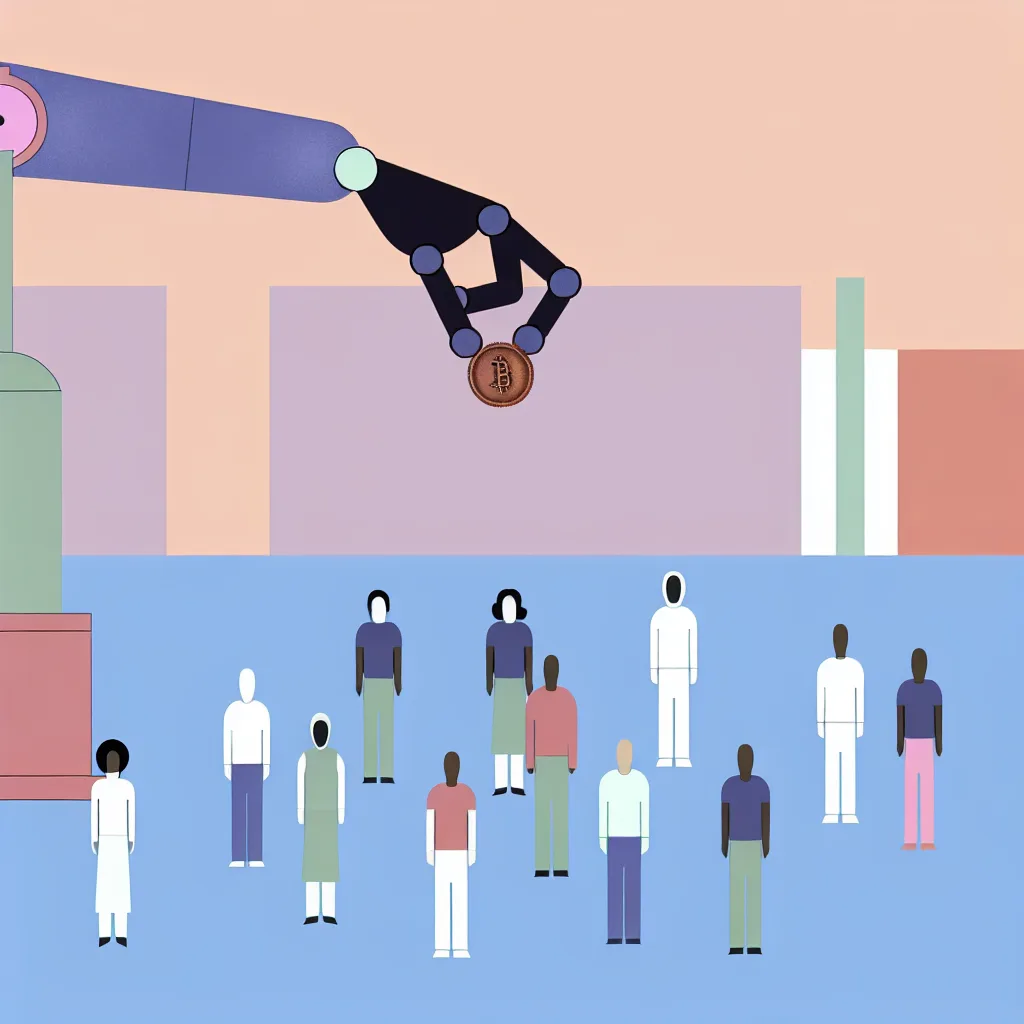Exploring the long-term effects of AI on jobs, consumer markets, and economic balance
Lately, I’ve been reflecting on the trend of companies pushing for AI everywhere. It’s clear why they do it: AI promises cost savings, boosts efficiency, and massively scales business operations. But what about the long game? What happens if AI everywhere means a lot of people losing their jobs?
The primary concern is straightforward yet profound. If enough people lose their jobs to AI systems — whether in factories, offices, or customer service — then their buying power declines. When workers can’t earn, they can’t spend. That, in turn, cuts into consumer demand, which all businesses rely on. So, while AI everywhere may pump up company profits now, it risks shrinking the market they depend on tomorrow.
Traditionally, companies provided jobs, which created a cycle: people earn money, they spend it on goods and services, they pay taxes, and the economy grows. But if AI replaces many jobs and only CEOs and shareholders keep getting richer, that cycle breaks. The wealth gap widens, tax revenues drop, and social services start to strain. This isn’t just speculation — economists warn about widening inequality linked to automation and AI advances.
Why Companies Push AI Everywhere
Businesses push for AI everywhere because it’s straightforward to measure: fewer employees, faster processes, fewer mistakes, and higher profit margins. AI tools can analyze data, automate routine tasks, and even assist decision-making. For example, banks use AI to detect fraud, while retail chains predict inventory needs. This efficiency is a clear win for business, but it glosses over the social cost.
The Economic Risks of AI Everywhere
The big question is whether this approach is sustainable. If most people can’t get decent jobs because of AI, who will buy the goods and services these companies sell? This issue touches on the foundations of consumer economies — if spending power declines broadly, demand falls, impacting all sectors. Governments collect fewer taxes, which hurts public goods like education and infrastructure.
Economies function best when income and spending are broadly distributed. Without that, economies risk stagnation. Some experts suggest ideas like Universal Basic Income or new job creation strategies to offset AI’s effects, but these are far from universally adopted or proven at scale.
A Future Shaped by AI Everywhere: Bigger Winners, Many Left Behind
There’s a fear that AI everywhere could lead to a plutocracy, where only a small group of wealthy individuals and corporations control the lion’s share of resources. This concentration of wealth and power could disrupt democratic institutions and social cohesion.
To navigate these risks, businesses, governments, and communities need to collaborate on policies that balance AI benefits with social welfare. This could mean investing in retraining, encouraging industries that complement AI rather than replace humans, and fostering economic models that don’t rely solely on consumption.
Wrapping Up: What Can We Do?
While AI everywhere offers clear benefits in efficiency and scalability, it’s important we think about the big picture. The future of work and the economy depends on balancing technology with humanity. Companies should consider sustainable growth that includes everyone, not just a select few.
For those curious about AI impacts beyond business, respected sources like the World Economic Forum and OECD reports on AI and jobs offer great insights on how societies are preparing for these changes.
The conversation around AI everywhere isn’t just about technology. It’s about building a future where innovations uplift all of us, not just a handful. What do you think that future looks like?
